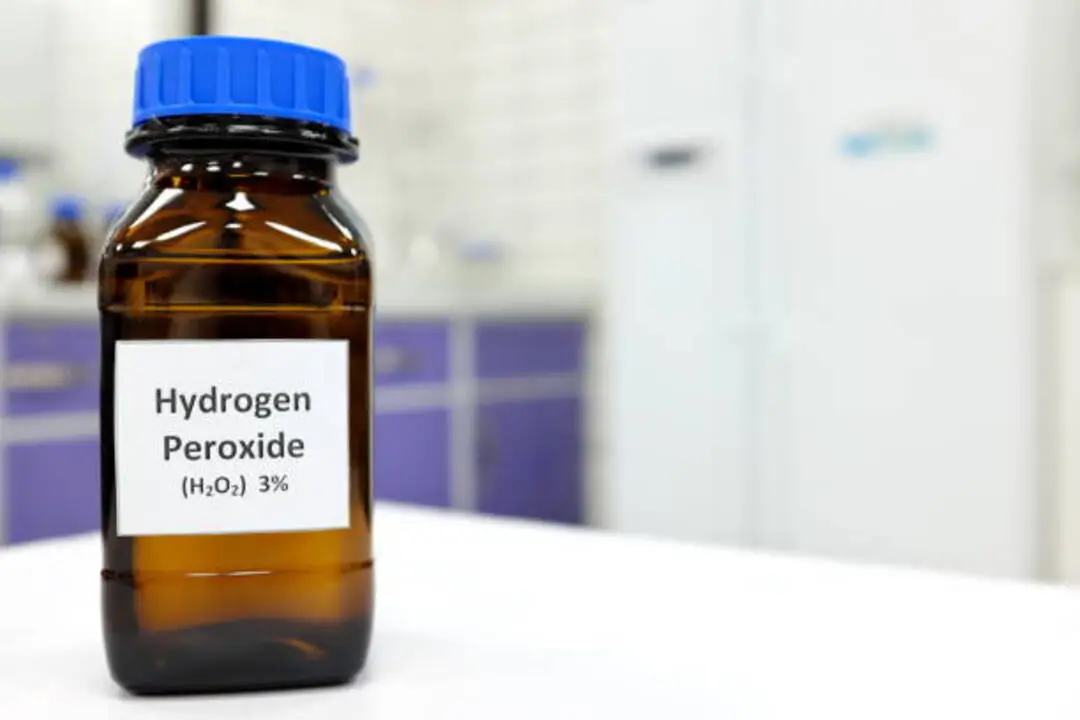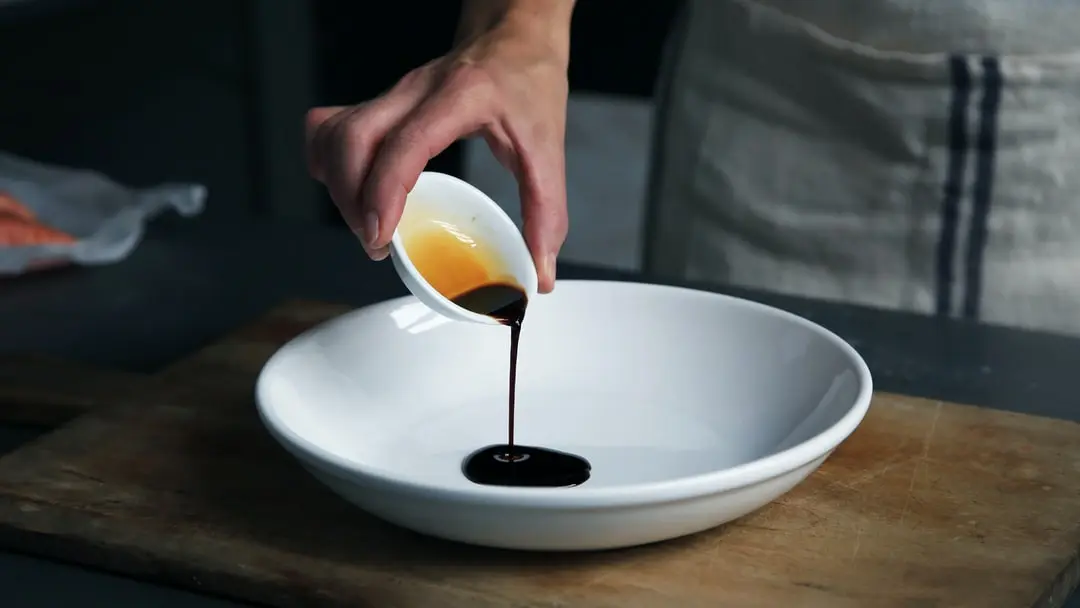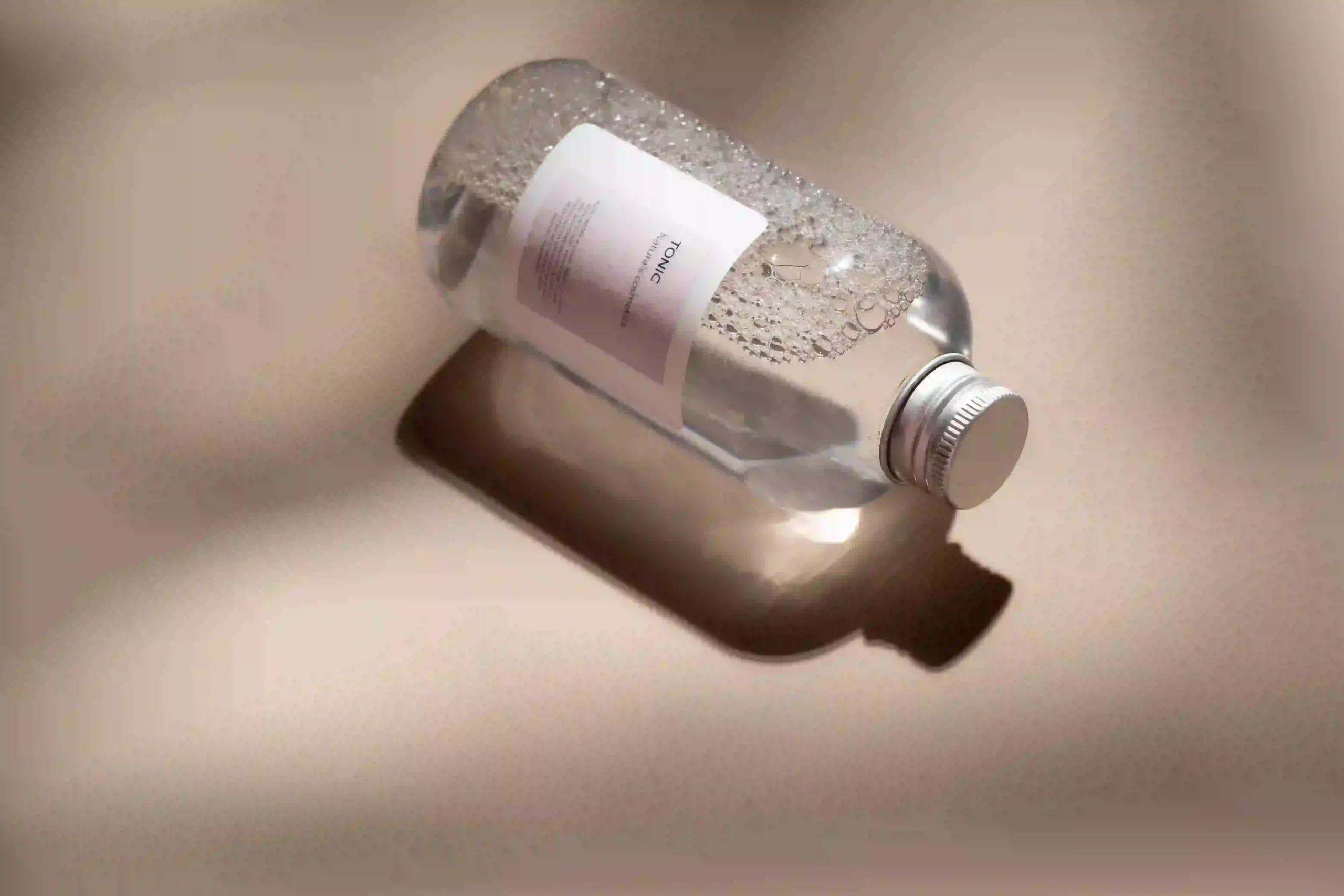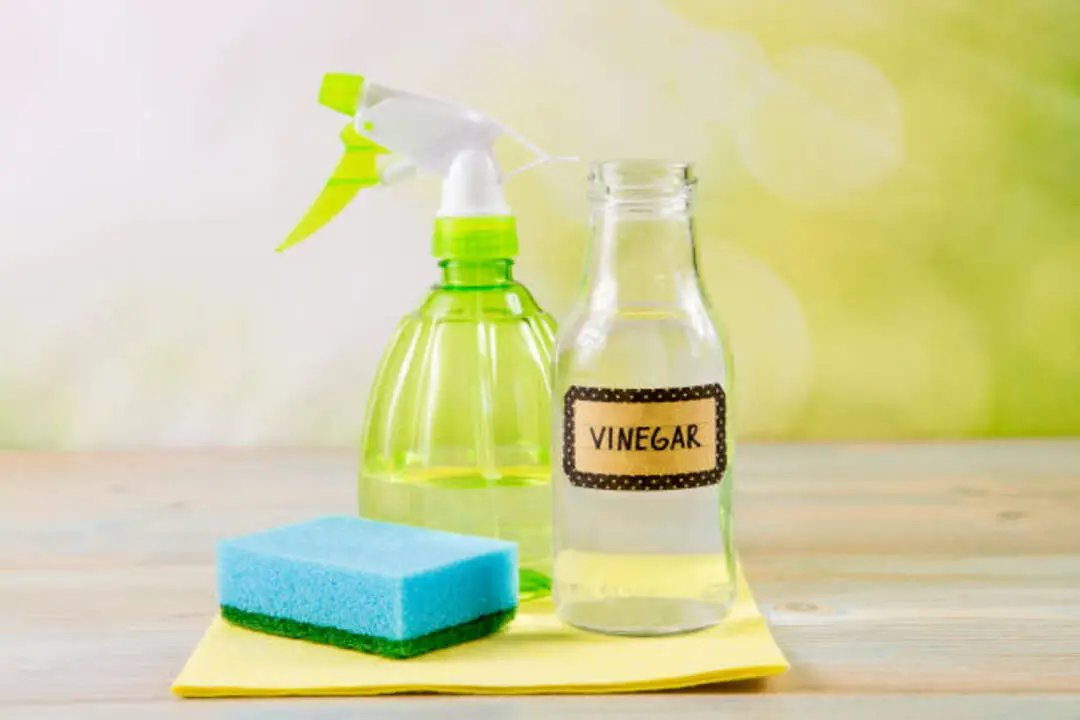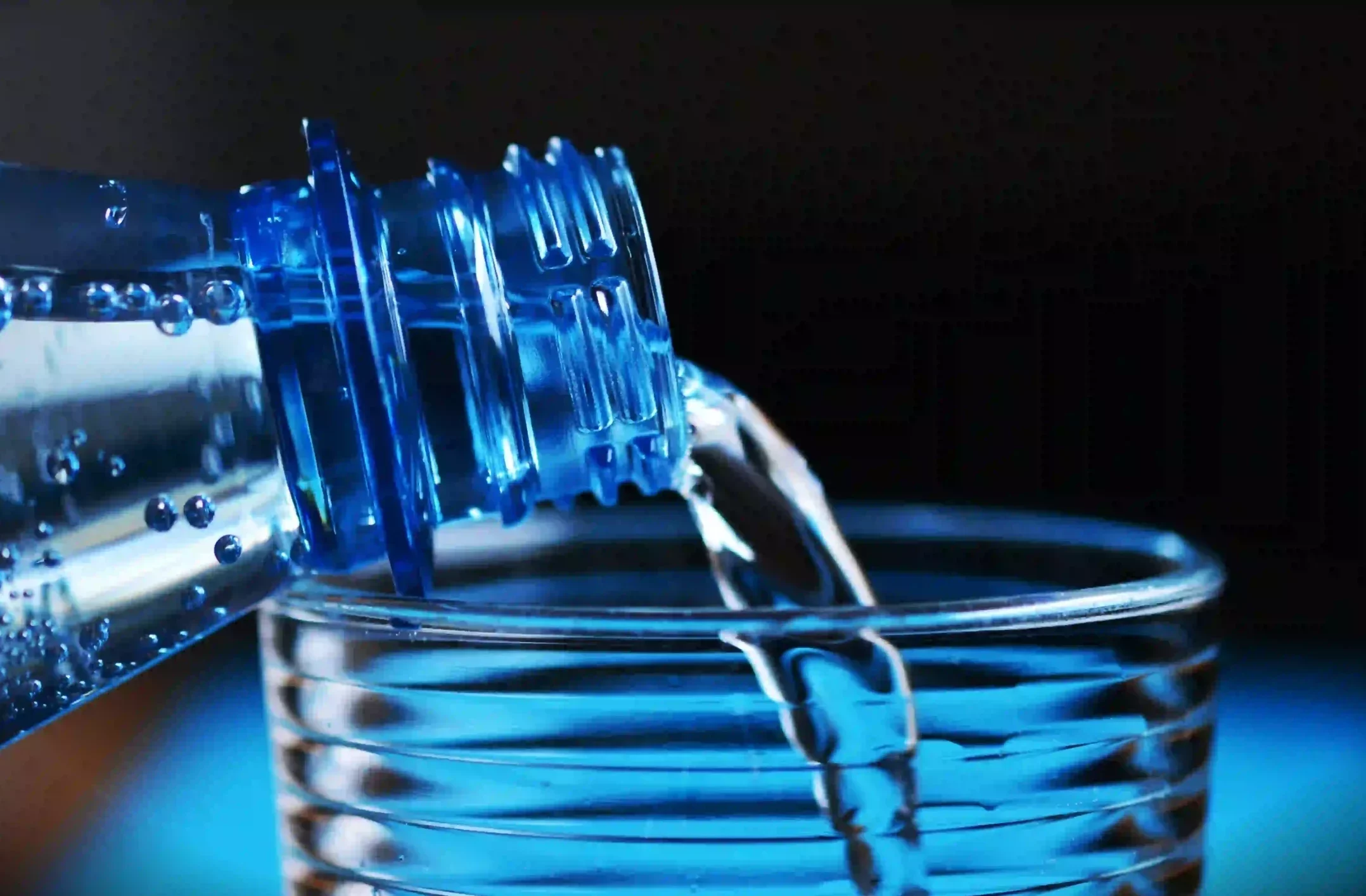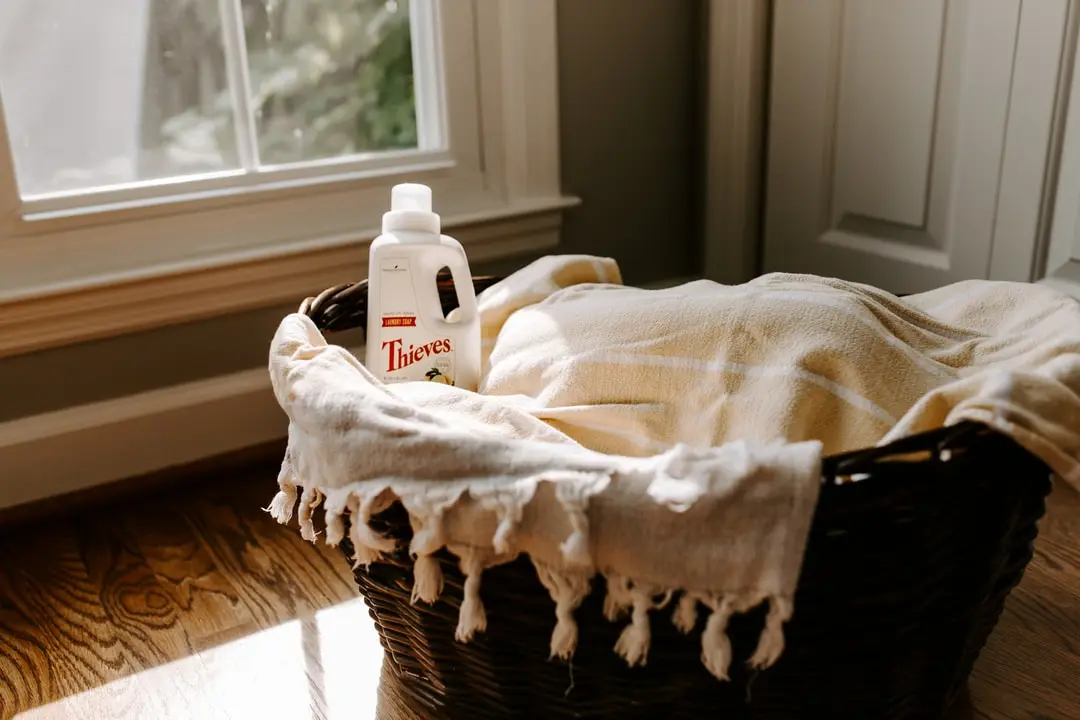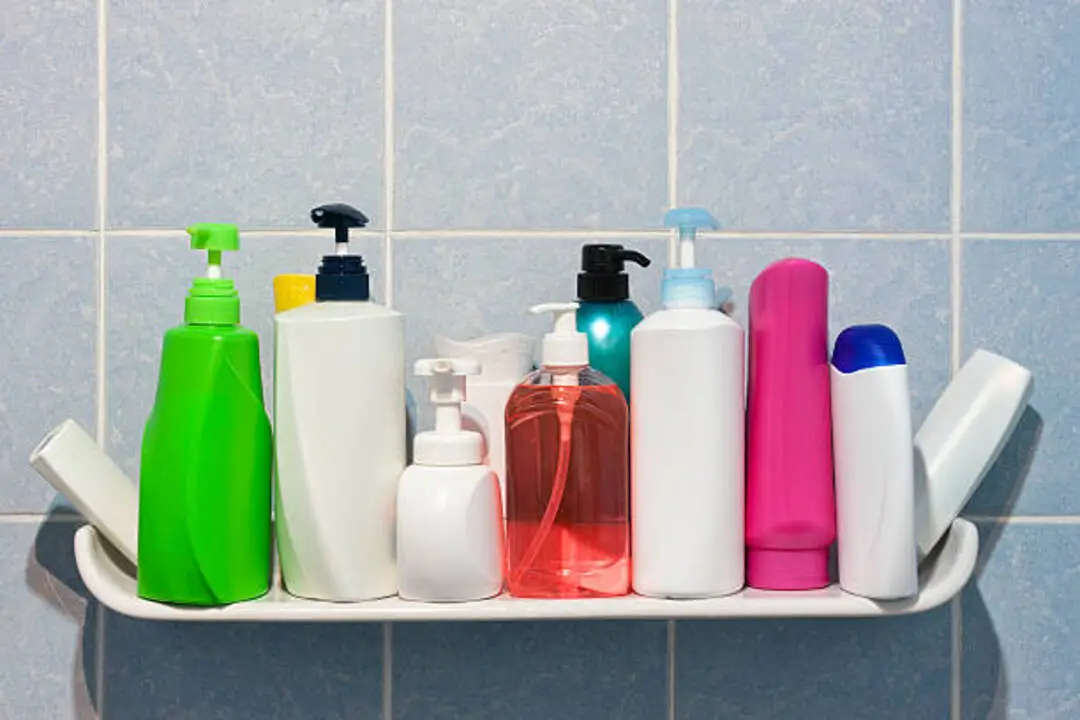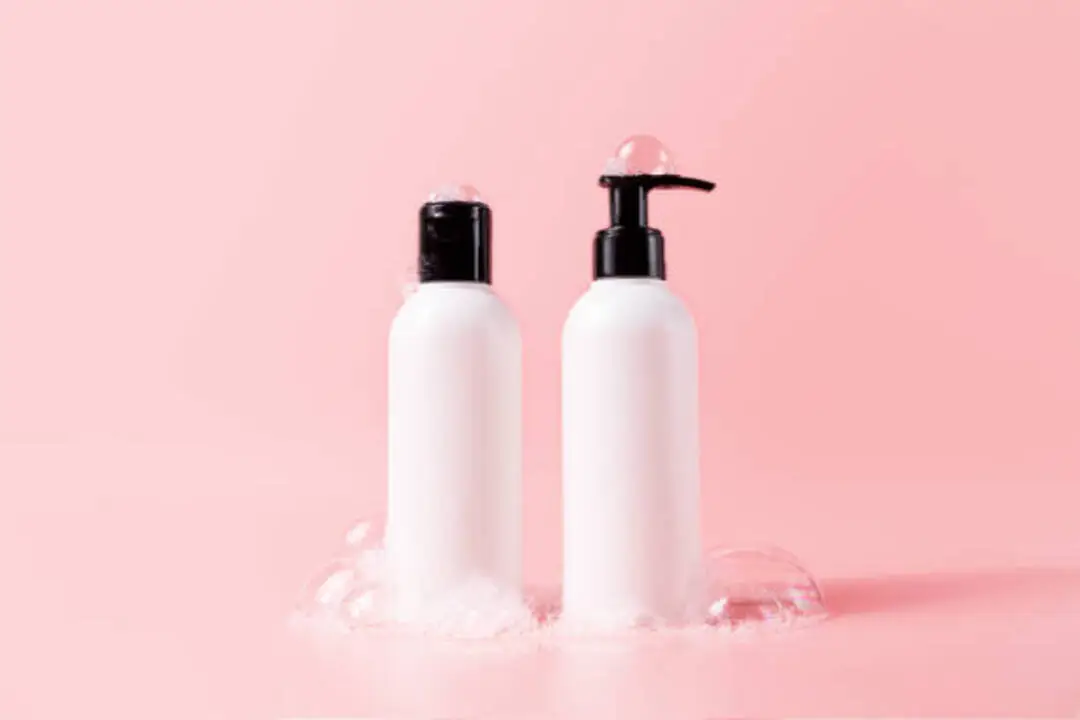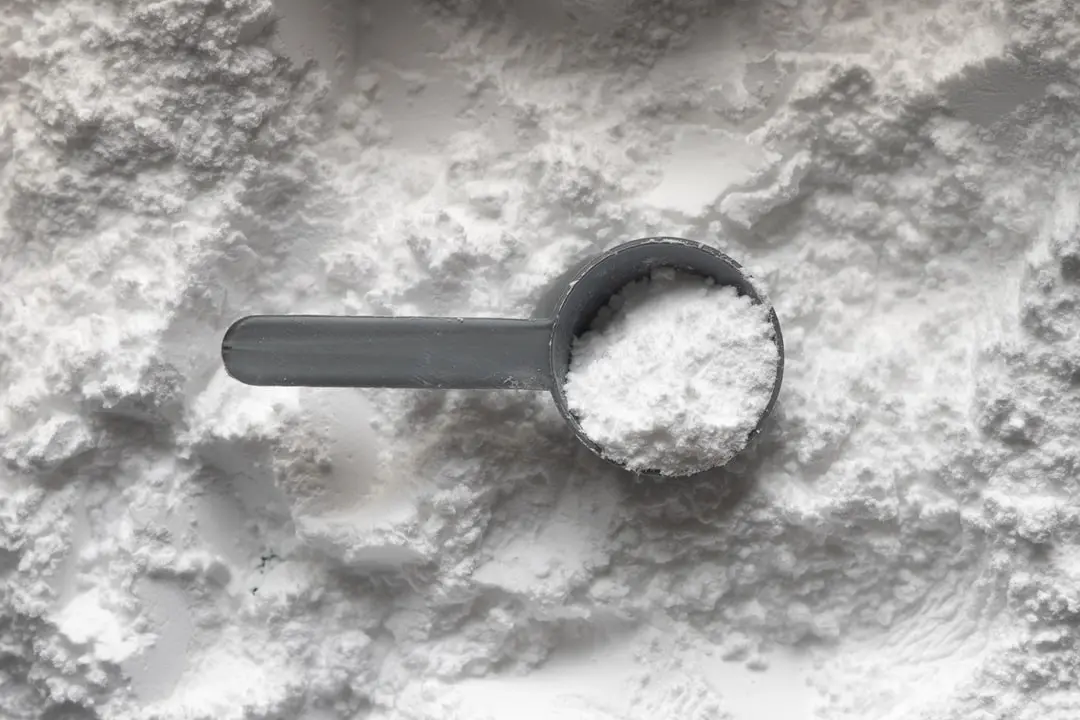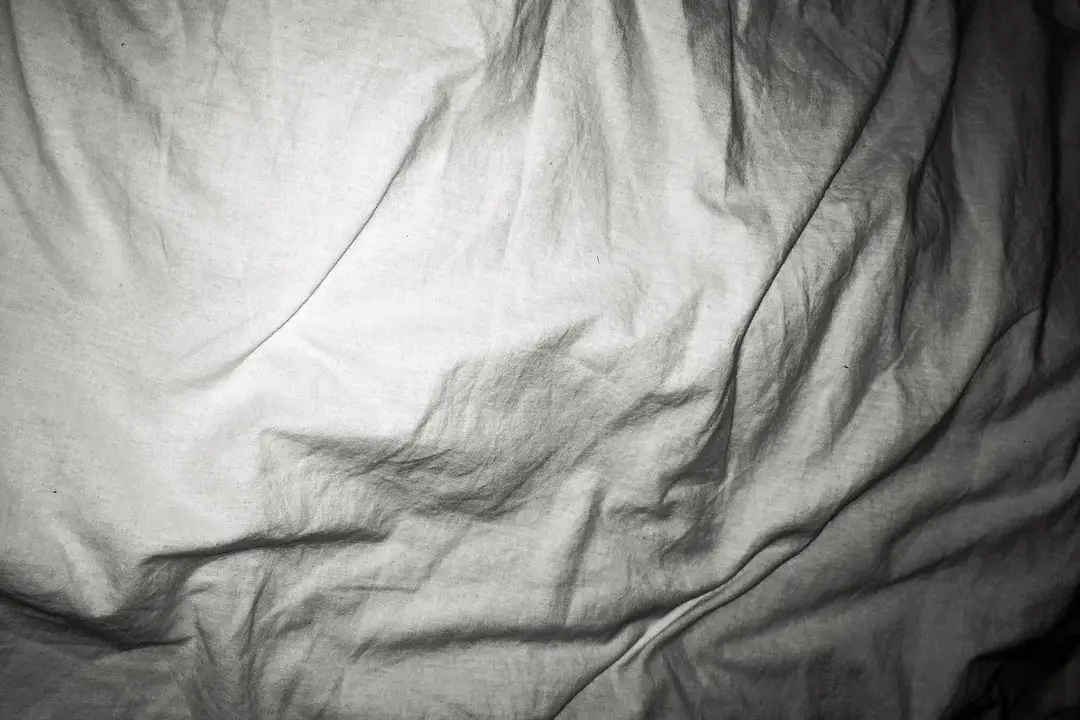Hydrogen peroxide (H2O2) is a mild chemical that is slightly more viscous than water and is made up of two hydrogens and two oxygen atoms. It is also known as Oxygenated water, Dioxide, Oxidanyl, Perhydroxic acid, 0-hydroxyl, Dihydrogen dioxide, or Peroxaan.
Hydrogen peroxide has many uses, some of which are antibacterial, oxidants, bleaching agents, etc. Hydrogen peroxide is used industrially and domestically as a bleaching agent to remove stains or colors from fabrics.
Below are some stains you can get rid of using hydrogen peroxide.
What stains can hydrogen peroxide get rid of?

As mentioned above, there are so many stains you can get rid of using hydrogen peroxide. To mention a few: fruit juice stains, ink stains, red wine stains, grease stains, sweat stains, blood stains, lipstick stains, tea/coffee stains, mud/grass stains, mildew stains, chocolate stains, cooking utensils, etc.
It is pretty easy to remove most of the stains mentioned above by yourself without having to contact an expert. To clean stains using hydrogen peroxide, there are some factors you need to consider, as discussed below.
Factors to consider when cleaning stains using hydrogen peroxide
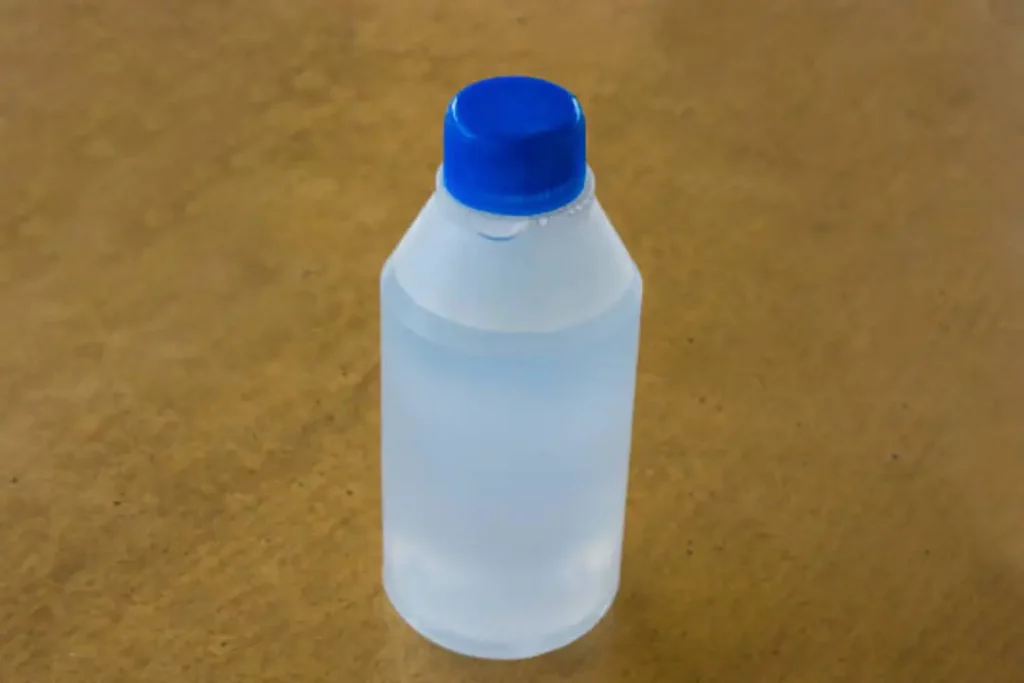
Generally, when using chemicals to remove stains, you need to consider your safety first before proceeding to remove the stains. For cleaning purposes, a higher concentration of hydrogen peroxide is very dangerous and one should refrain from using a higher concentration of hydrogen peroxide.
Usually, below 5% concentrated hydrogen peroxide is legally available for purchase, and above 5% concentrated hydrogen peroxide should be avoided.
In most cases, when cleaning stains from either fabrics, walls, floors, or cooking utensils, you also need to consider the safety of the material before choosing the right method to remove the stains.
To decide the appropriate method to remove a stain from your fabric, wall, floor, or cooking utensils, consider how effective the method would be.
Another factor is to consider how long the stain has occurred. Some stains become almost impossible to get rid of with time, so it is very important to know in order to select the best and most effective method to remove them.
To conclude, your safety and the safety of the material are the first things to consider before taking any appropriate action to get rid of any stains. Below are the steps to follow to remove the stains mentioned above.
How to remove stains using hydrogen peroxide.
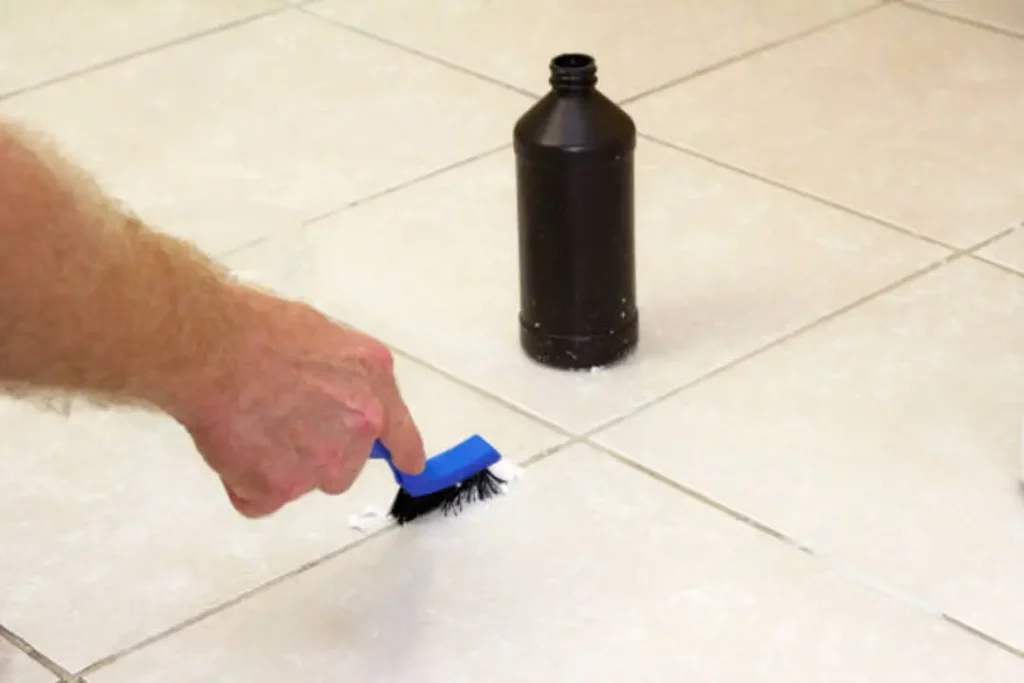
It has been proven that hydrogen peroxide can be used to get rid of almost any stain you can think of. Some common stains you can remove using hydrogen peroxide are discussed below.
1. Fruit Juice Stains
Stains caused by fruit juice are common, especially at parties. If your favorite fruit drink leaves a mark on your fabric, wall, or floor, these are steps to follow to remove the mark.
Fabric: If fruit juice is spilled on your fabric, the first thing to do is to blot as much juice as you can. Get 3% concentrated hydrogen peroxide and pour a few drops of the hydrogen peroxide onto the stained area. Wait for about 10 to 15 minutes before washing it off with clean water.
Wall: Get 3% concentrated hydrogen peroxide and a soft brush. Blot the juice on the wall and then apply the hydrogen peroxide to the affected area. Allow it to settle for 2 to 3 minutes before gently brushing off the stains until there aren’t any more stains on the wall. Repeat the steps if necessary.
Floor: If there isn’t carpet on your floor, then it is very easy to get rid of fruit juice stains. Firstly, blot as much juice off the floor as you can, then apply hydrogen peroxide to the affected area and allow it to settle for 2 to 3 minutes. Then scrub off the stain and allow the floor to air dry.
If you have a carpet, soak the affected area with 3% concentrated hydrogen peroxide. Allow it to soak for some time before brushing off the stains on the carpet. Repeat if necessary.
2. Ink stains
Ink stains are common and easy to get rid of, especially using hydrogen peroxide. Get 3% concentrated hydrogen peroxide and an eyedropper. Apply a few drops of hydrogen peroxide to the affected area using an eyedropper.
Allow it to soak for about 10 to 15 minutes. The ink will start to dissolve. Wash off the stains with clean water.
3. Red Wine Stains

Get 3% concentrated hydrogen peroxide and dishwashing liquid. Soak the affected area for some time (about 10 to 15 minutes). After the wine has been dissolved in the hydrogen peroxide solution, wash the whole fabric with dishwashing liquid and water.
4. Grease Stains
Get a towel, dish detergent, and 3% concentrated hydrogen peroxide. Place the towel under the fabric. Apply a small amount of hydrogen peroxide to the stained area. Rub the affected area gently to allow the stain to dissolve.
Allow the reaction to take place for about 10 to 15 minutes. Wash the fabric using the detergent in clean water. Allow the fabric to air dry.
5. Sweat Stains
Mix a few cups of warm water with hydrogen peroxide in a bucket. Soak the sweat-stained fabric in the water. Allow the sweat to dissolve in the water for about 1 to 2 hours. Afterward, wash the fabric with dish soap and allow it to air dry.
6. Blood Stains

Bloodstains are stubborn to get rid of, but with hydrogen peroxide, it becomes very easy. Place a towel under the fabric and apply a few drops of 3% concentrated hydrogen peroxide to the stained area.
Allow it to sit for about 2 to 3 minutes for the blood to dissolve in the solution. Afterward, wash off the stain using clean water and dishwashing liquid. Allow the fabric to air dry.
7. Lipstick Stains
Take a clean white towel or a cotton ball. Moisten the towel or cotton ball with 3% concentrated hydrogen peroxide. Blot the stained area using a moistened towel or cotton to remove the lipstick stain. Allow the fabric to air dry.
8. Tea or Coffee Stains
Similar to fruit juice, blot as much tea/coffee as you can. Fill a spray bottle with hydrogen peroxide. Spray the stained area and allow it to sit for 2 to 3 minutes for the light brown color to dissolve. Wash off the stain using dishwashing liquid and clean water. Allow it to air dry.
9. Mud/Grass Stains
Mud and grass stains are a bit stubborn to get rid of. Get an eyedropper and fill it with 3% concentrated hydrogen peroxide. Apply a few drops of hydrogen peroxide to the stained area and allow it to sit for 10 to 15 minutes for the stain to dissolve. Scrub the stained area and rinse with clean water. Allow the fabric to air dry.
10. Mildew Stains
Mildew refers to fungus or mold growth on walls, floors, or fabrics. Mildew leaves a greenish or brownish color on walls, floors, and fabrics, which makes them stubborn to get rid of.
On floors and walls, spray the stained area with hydrogen peroxide. Allow it to sit for 5 to 10 minutes before scrubbing the stain off. Rinse the floor or wall with clean water and allow it to air dry.
On a piece of fabric, place cotton wool under the fabric. Pour a few drops of 3% concentrated hydrogen peroxide into the stained area. Allow the mildew to dissolve in the solution for about 10 to 20 minutes. Rub the stained area to get rid of the stain. Rinse the affected area with clean water and repeat the process if necessary.
11. Chocolate Stains
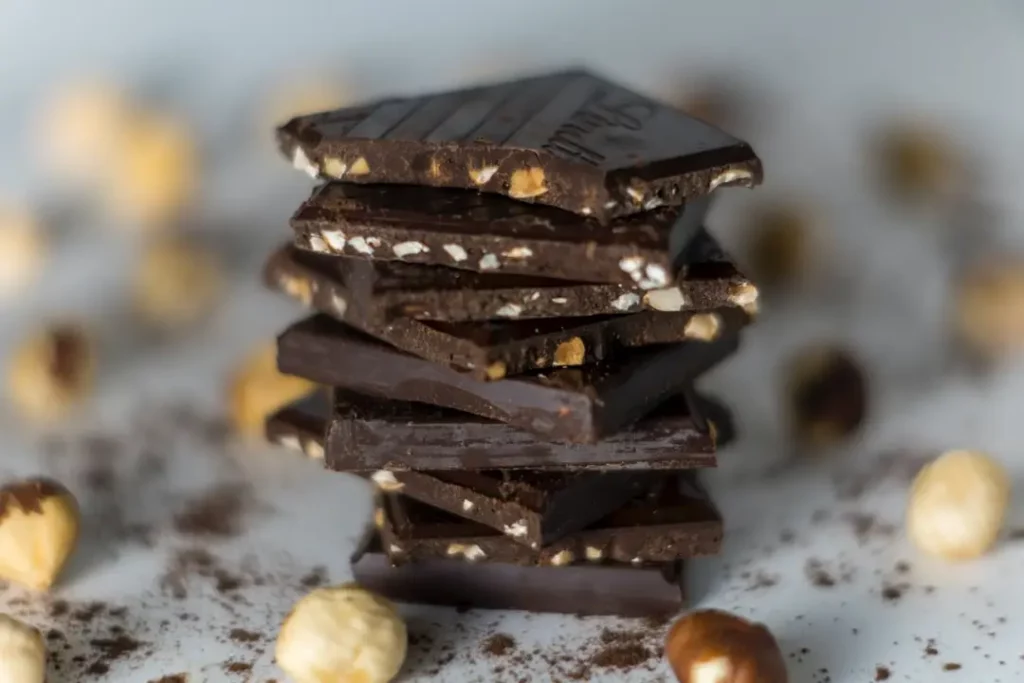
Chocolate stains are a little bit tricky to get rid of. If you don’t handle them carefully, they can become permanent.
Firstly, using a dull knife, carefully scrape away any excess chocolate. Blot the stain with 3% concentrated hydrogen peroxide. Allow it to dissolve the chocolate molecules for about 10 to 15 minutes. Wash the stained fabric using dishwashing liquid and clean water. Allow the fabric to air dry.
12. Cooking Utensils
To keep cooking utensils clean and shining always, one must adopt the act of using hydrogen peroxide to clean them.
Mix dishwashing liquid with hot water and mix another cup of hot water with hydrogen peroxide. First, scrape off any excess food from the utensils. Wash the utensils in the dishwashing liquid solution. Afterward, rinse the utensils in the hydrogen peroxide solution. Keep the utensils in a basket to allow them to air dry.
The advantages of using hydrogen peroxide to clean stains

Hydrogen peroxide is very useful in so many aspects of life, that is, from healthcare to bleaching agents. Hydrogen peroxide is very powerful and effective in cleaning. It is a mild chemical that is very safe to work with.
This article focuses on using 3% concentrated hydrogen peroxide because it is the safest concentration of hydrogen peroxide to work with and it is harmless to fabrics and skin.
Disadvantages to using hydrogen peroxide to clean stains

A high concentration of hydrogen peroxide is hazardous to human skin and fabrics. The safety of hydrogen peroxide depends on the concentration level.
Above a 35% concentration of hydrogen peroxide, it is very reactive to human skin and fabrics and can cause damage to the skin and fabrics.
Scientifically, 35% concentrated hydrogen peroxide has caused harm to human skin, and one should avoid coming into contact with highly concentrated hydrogen peroxide.
Interested in reading more articles similar to this one? Click Here.
Final Thoughts
Finally, hydrogen peroxide has been proven scientifically and domestically to be very effective in cleaning stains. It has so many uses and should be adopted for cleaning stains.
A higher concentration of hydrogen peroxide should be avoided when using it to clean stains as it is not only harmful to the fabrics but to the skin as well. The safest and harmless concentration of hydrogen peroxide to use is below 5%.
Hydrogen peroxide cleans any kind of stain, and it’s one of the safest chemicals to use in cleaning stains. Good Luck!
